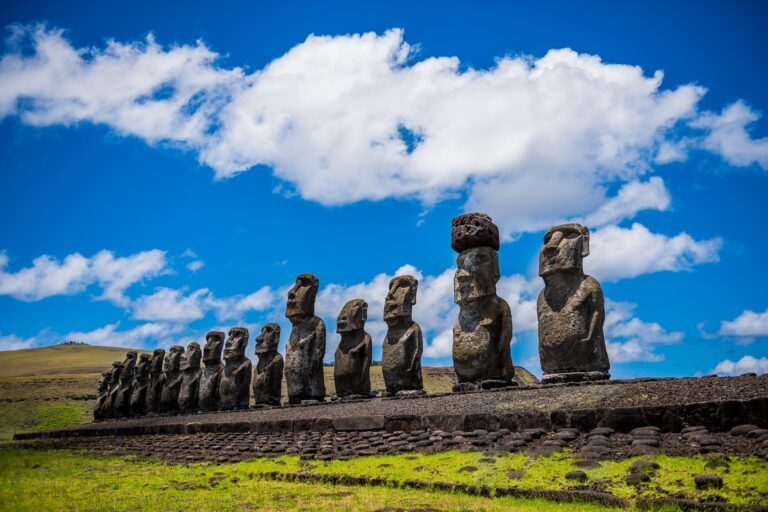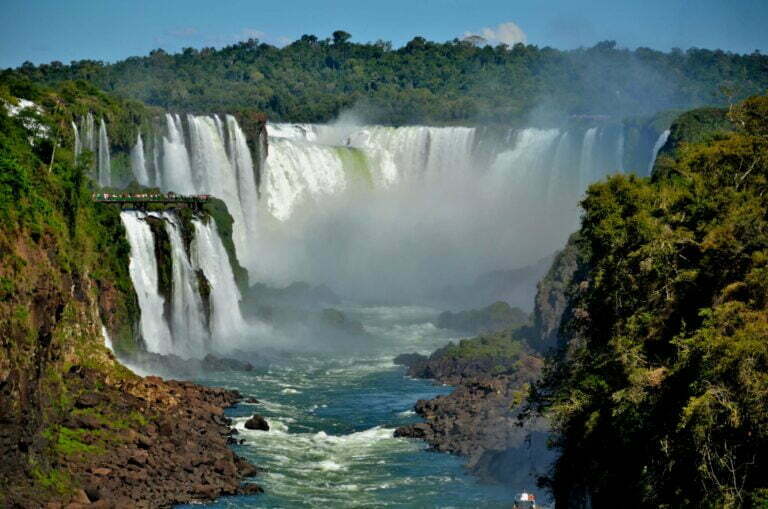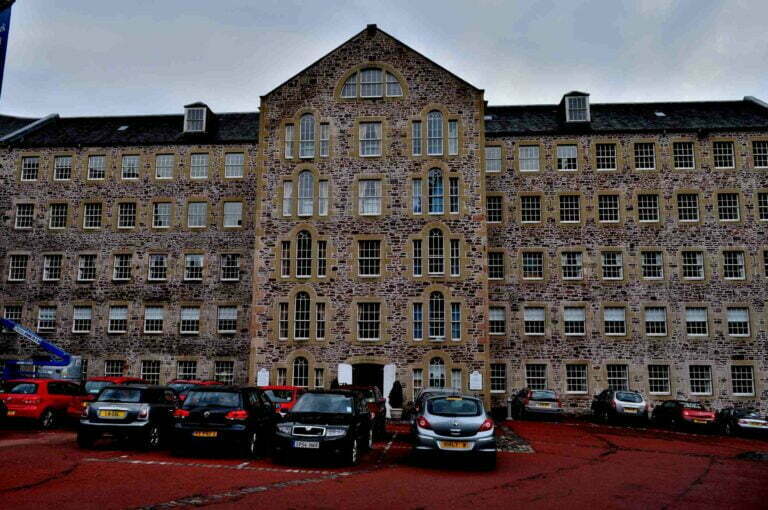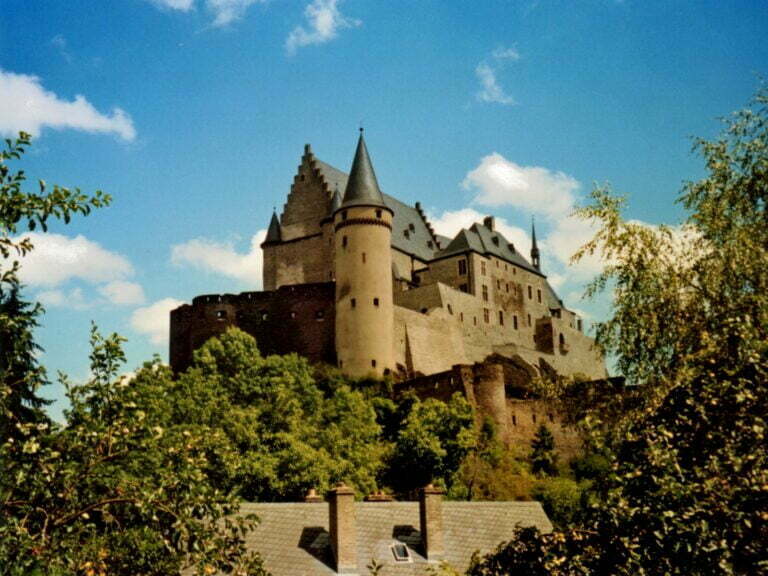Easter Island, aka Rapa Nui

Easter Island, also known as Rapa Nui or Isla de Pascua in Spanish, is a Chilean territory located in the remote eastern Pacific Ocean, roughly 2,300 miles west of the Chilean coast and 2,500 miles east of Tahiti. Covering approximately 64 square miles, Easter Island is renowned for its extraordinary stone statues, known as Moai, numbering nearly 900, which were crafted by skilled artisans and engineers. These enigmatic sculptures remain unique in the realm of Polynesian culture. The purpose of these colossal figures and the techniques used to create and transport them continue to be subjects of speculation. This isolated island, the easternmost point of Polynesia, boasts a landscape adorned with these massive stone statues and other archaeological wonders. Easter Island’s history is marked by ecological challenges, including deforestation and resource depletion, which, according to some research, contributed to the decline of the ancient Rapa Nui civilization.










